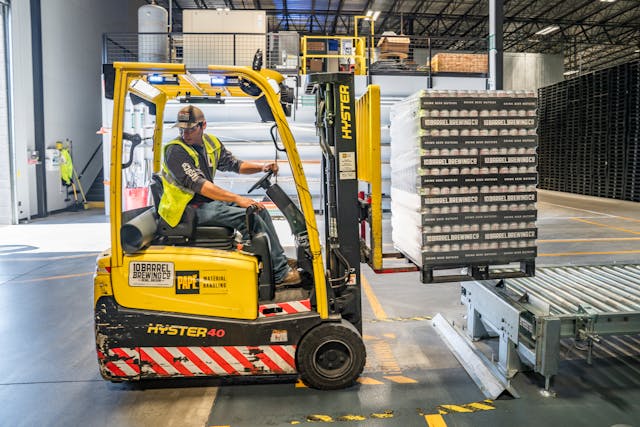Warehouse environments, with their heavy machinery, towering shelves, and fast-paced activities, can pose significant risks to employees if proper safety measures are not in place. Preventing injuries in such settings is crucial for maintaining a productive, efficient, and secure workplace. Implementing effective safety protocols not only protects workers but also reduces downtime and liability for the business. This article highlights three essential measures for preventing warehouse injuries, emphasizing the importance of safety training, equipment maintenance, and ergonomic practices. By focusing on these areas, warehouses can create safer environments and foster a culture of safety awareness.
1. Comprehensive Safety Training Programs:
An essential component in the prevention of accidents in warehouses is the implementation of comprehensive safety training programs. These programs ensure that all employees are equipped with the information and skills necessary to navigate possible risks. There is a broad variety of subjects that are covered in these programs, including the correct operation of equipment, emergency procedures, and the detection of hazards. The danger of accidents that are brought on by improper use of equipment and tools is reduced by the implementation of these programs, which educate workers on the proper way to use these items. In addition to this, they establish a culture of safety awareness, which encourages staff to be attentive and proactive in order to preserve a secure working environment. The prevention of strains and musculoskeletal injuries, as well as the reduction of absenteeism and the promotion of long-term employee well-being, can be accomplished via comprehensive training on ergonomics and safe lifting methods.
The workers are kept up to speed on any new legislation or best practices during regular refresher sessions, which also keep safety measures at the forefront of their minds. In addition, having workers participate in extensive training helps them develop a feeling of responsibility, which gives them the ability to intervene or report harmful issues in a timely manner. There is a correlation between the incorporation of real-life scenarios and practical exercises into training sessions and increased retention, as well as preparedness in the event of an emergency. After everything is said and done, investing in comprehensive safety training programs not only protects staff but also defends the integrity of warehouse operations, hence reducing the likelihood of downtime and liability issues.
2. Regular Maintenance and Inspection of Equipment:
Regular maintenance and inspection of equipment are essential components in ensuring a safe working environment within warehouses. By routinely checking machinery and tools, potential hazards can be identified and mitigated before accidents occur. Implementing a physical ability test for warehouse personnel can further enhance safety measures, ensuring that employees are capable of safely operating equipment. This proactive approach not only minimizes the risk of injuries but also promotes a culture of accountability and diligence in equipment management. Ultimately, prioritizing regular maintenance and inspections contributes to the overall well-being of warehouse staff and the efficiency of operations.
3. Ergonomic Practices and Workspace Design:
It is possible to greatly minimize the likelihood of accidents occurring in a warehouse by enhancing ergonomic procedures and designing workspaces with careful consideration. An important aspect of ergonomics is the process of structuring the working environment and activities to accommodate the capabilities and limits of people. This helps to reduce the risk of injury and strain. Adjustable workstations, shelving that is at the appropriate height, and the use of mechanical assistance are all examples of ways to lessen the physical burden that is placed on workers. To further contribute to the avoidance of injuries, it is essential to provide personnel with training in ergonomic principles, which include correct lifting methods and posture. The layout of the warehouse should be organized in such a way as to reduce the amount of unnecessary reaching, bending, and twisting that occurs. This will result in a more pleasant and secure working environment.
Conclusion:
In conclusion, preventing injuries in warehouses requires a multifaceted approach that includes comprehensive safety training programs, regular maintenance and inspection of equipment, and the implementation of ergonomic practices and thoughtful workspace design. These measures not only protect employees from harm but also enhance productivity and operational efficiency. By investing in safety training, maintaining equipment in top condition, and promoting ergonomic practices, warehouses can significantly reduce the risk of accidents and create a safer work environment. This commitment to safety benefits both the employees and the organization, fostering a culture of care and responsibility. Ensuring the well-being of warehouse workers is a vital step towards achieving a thriving and resilient business.


